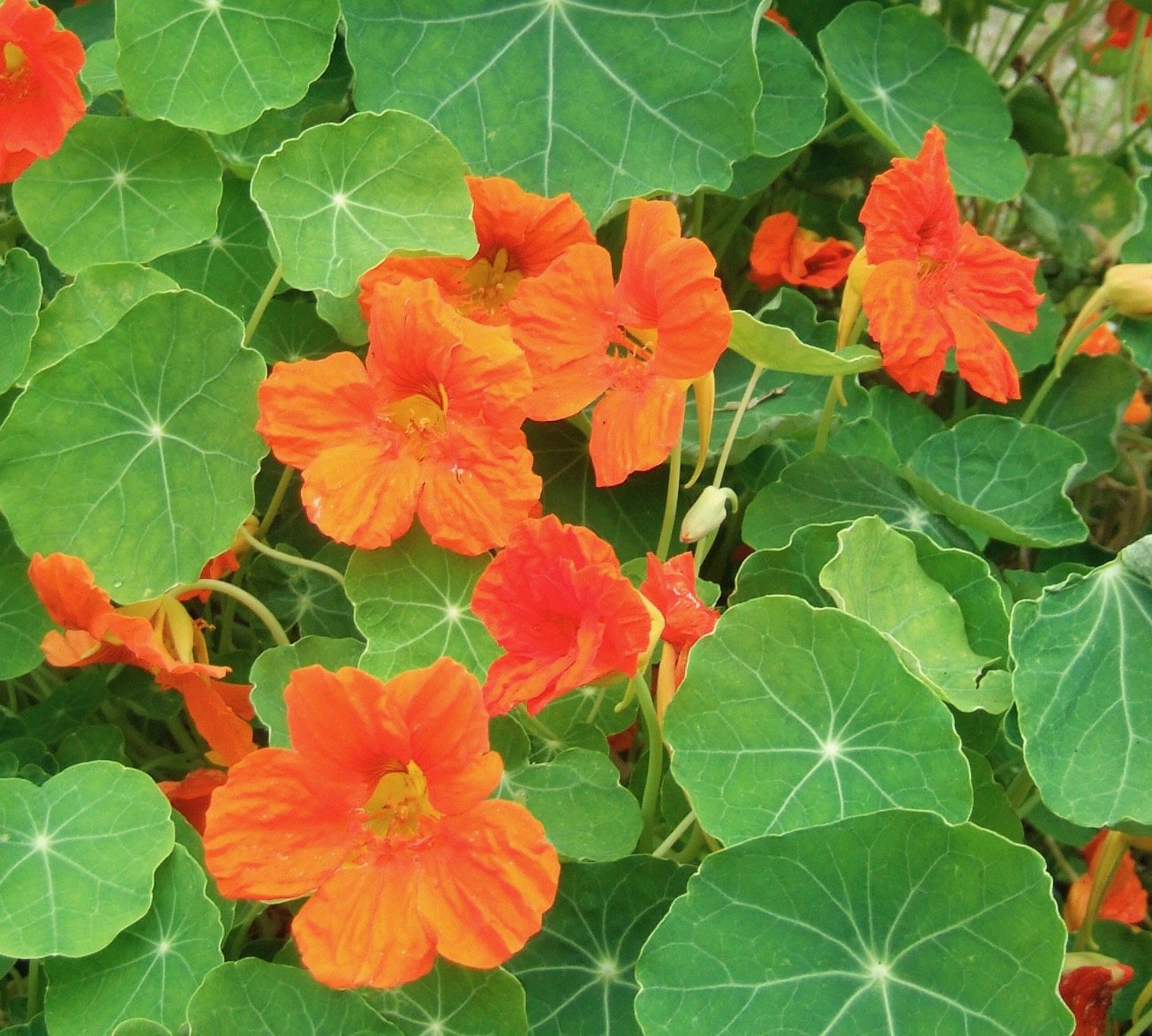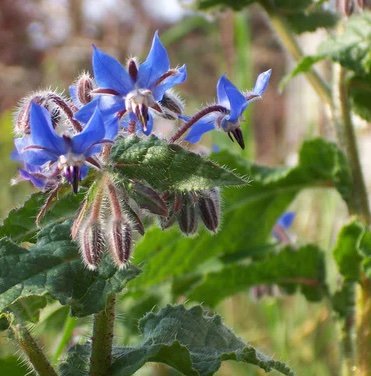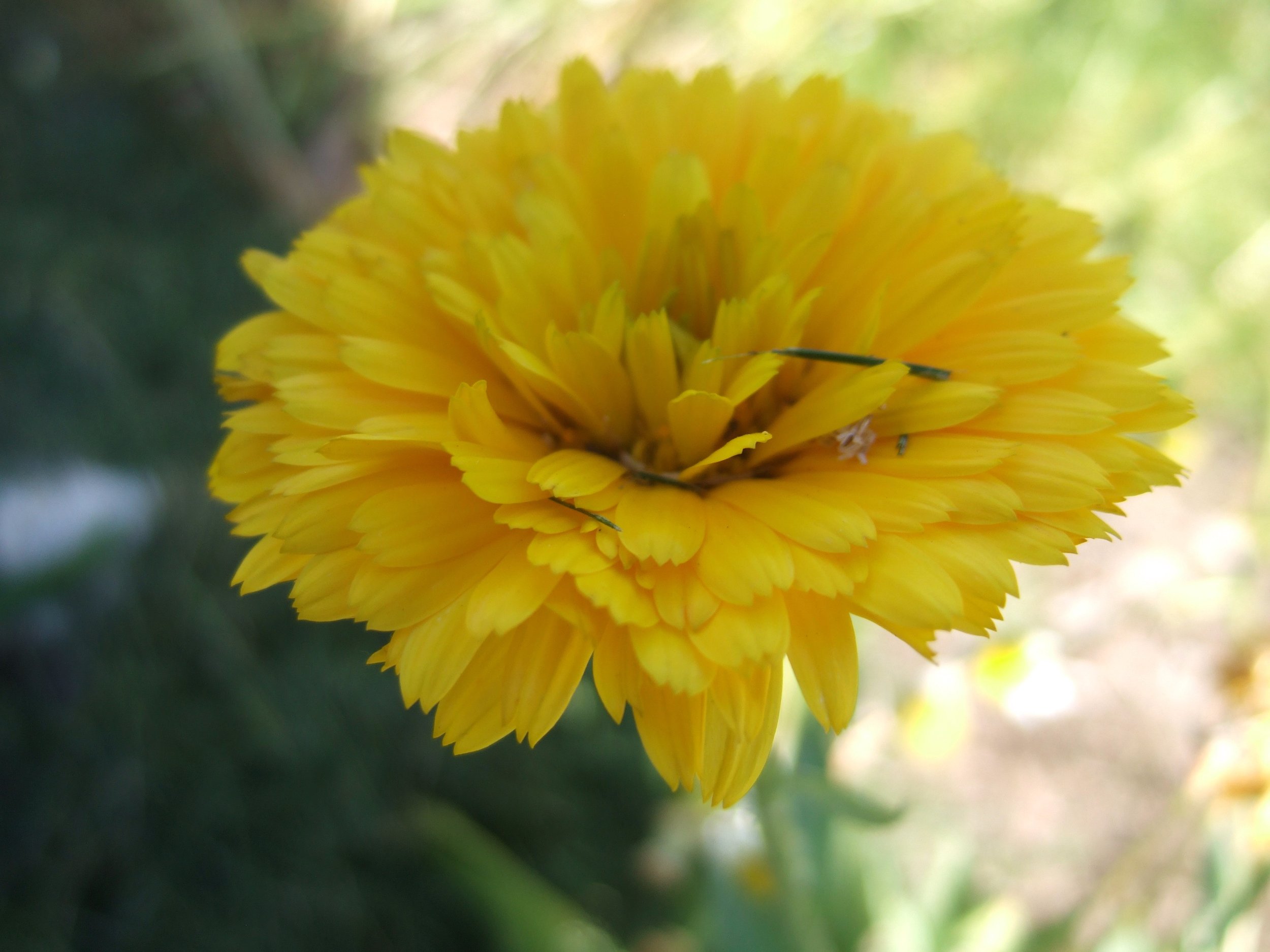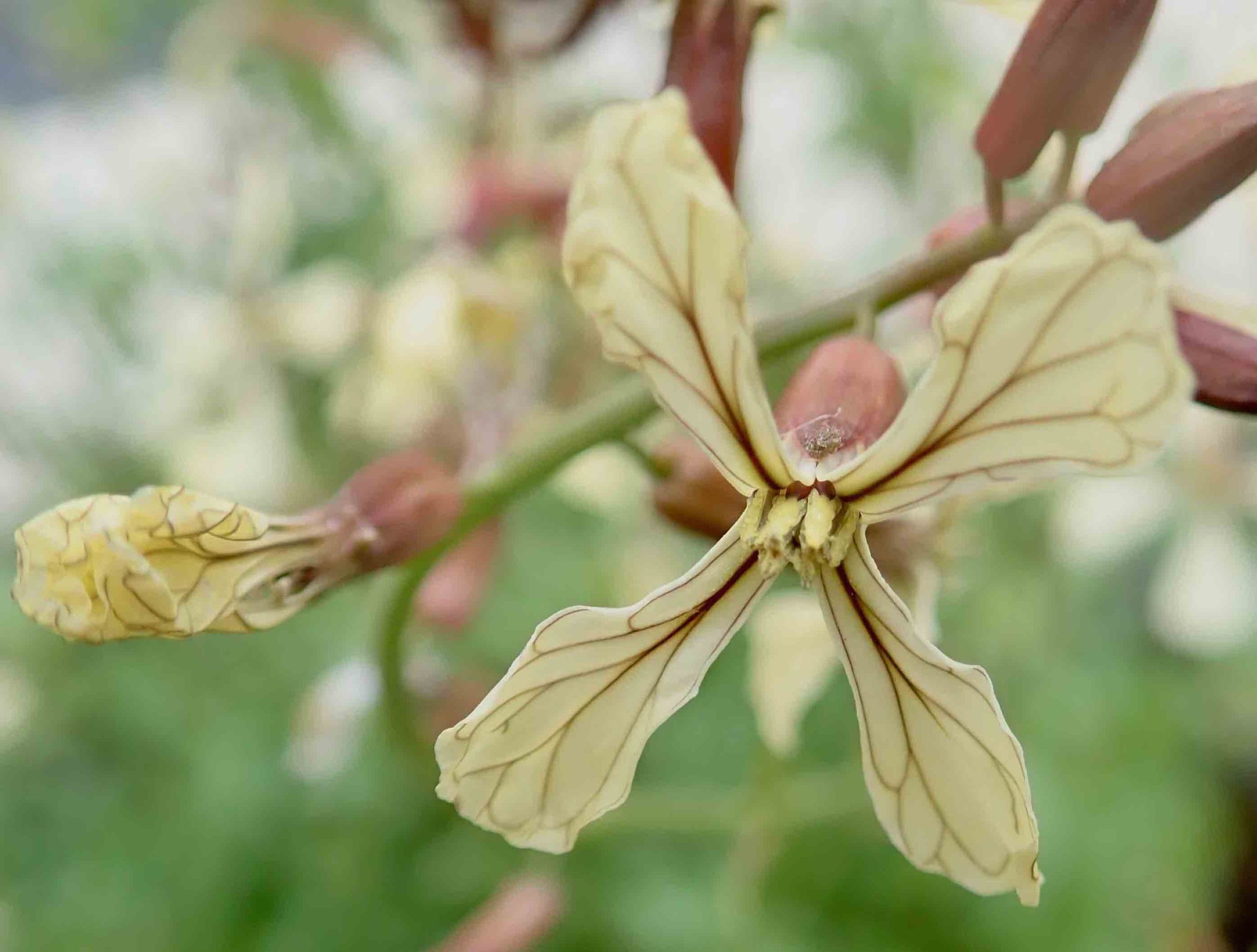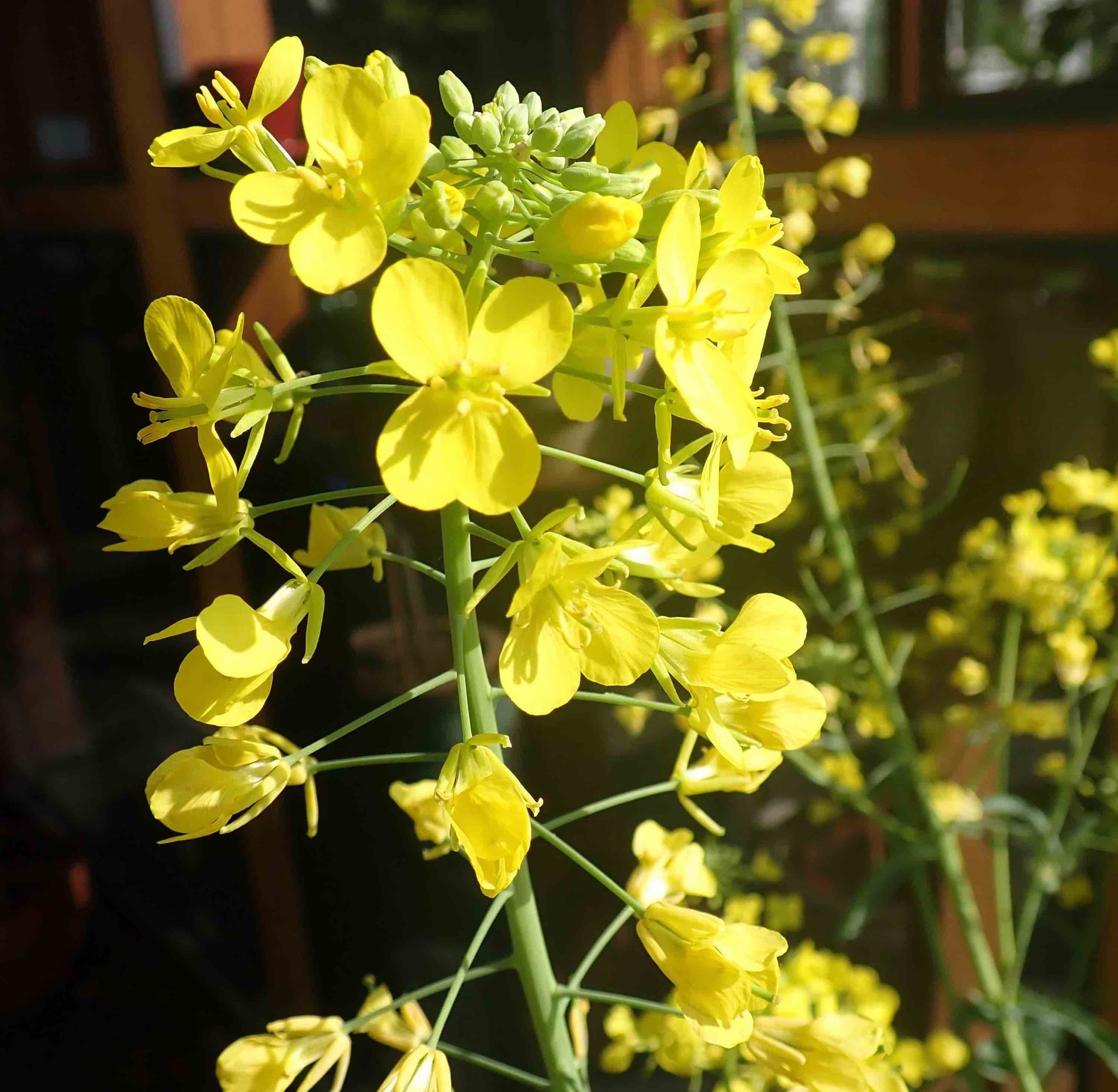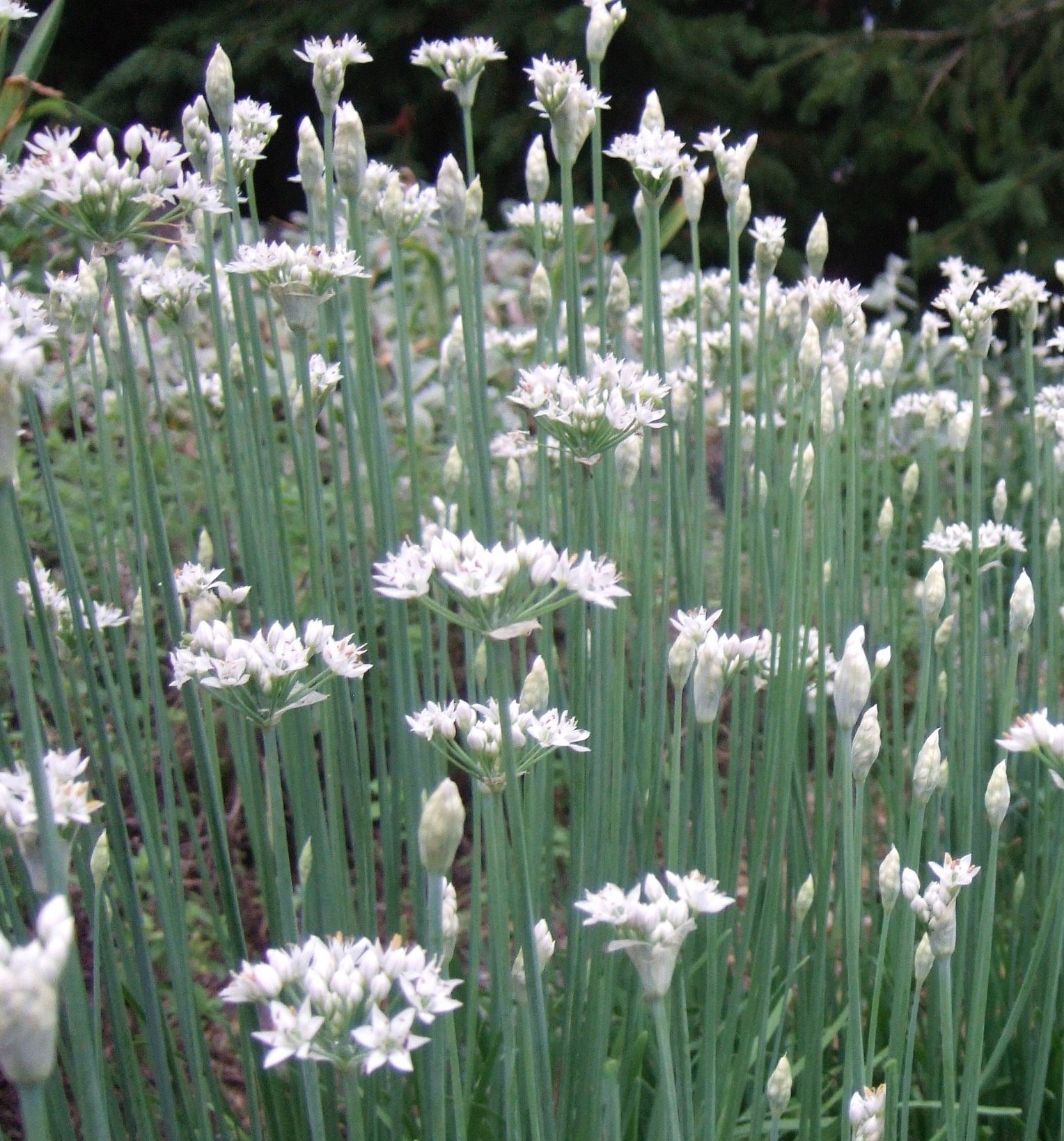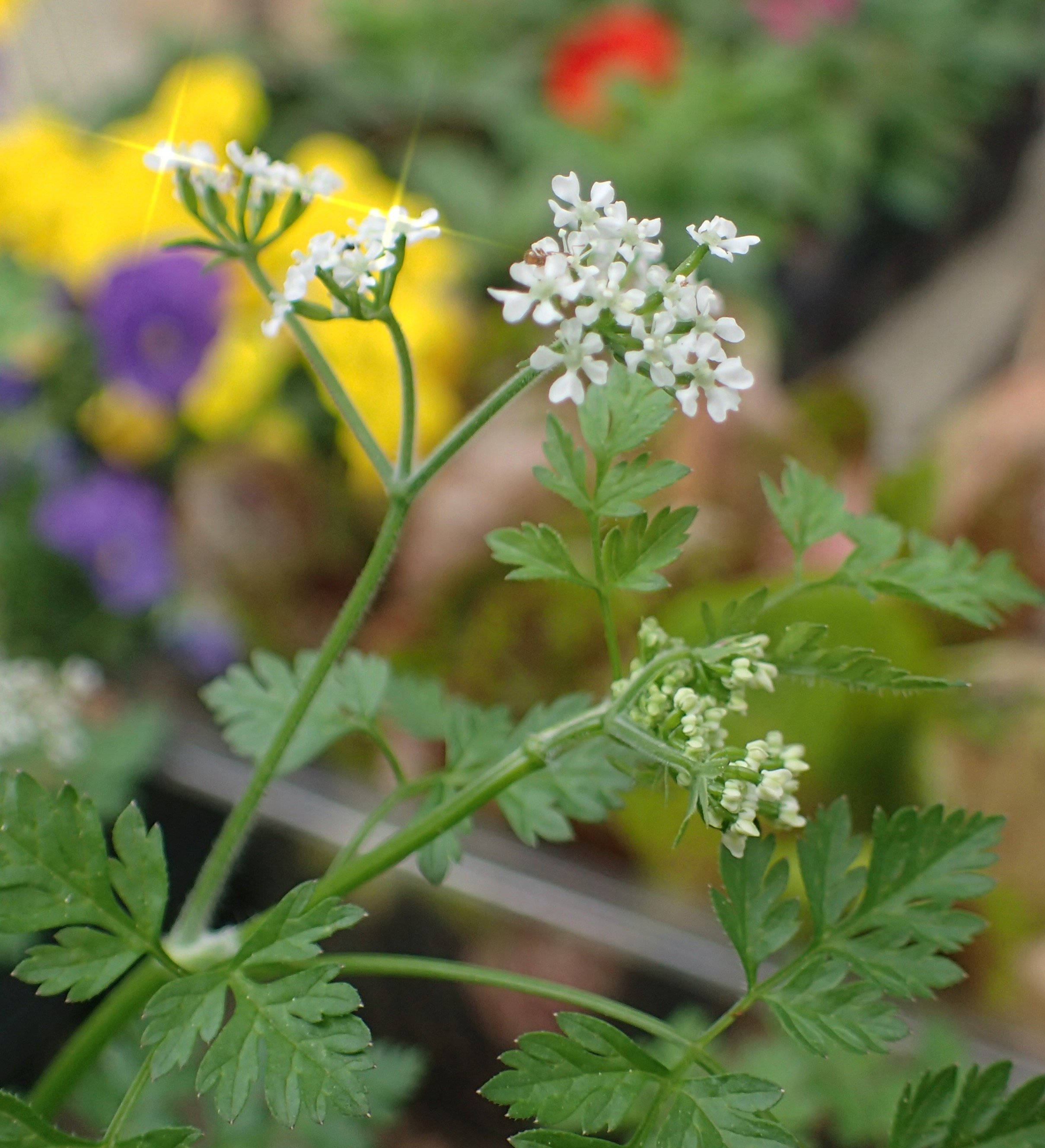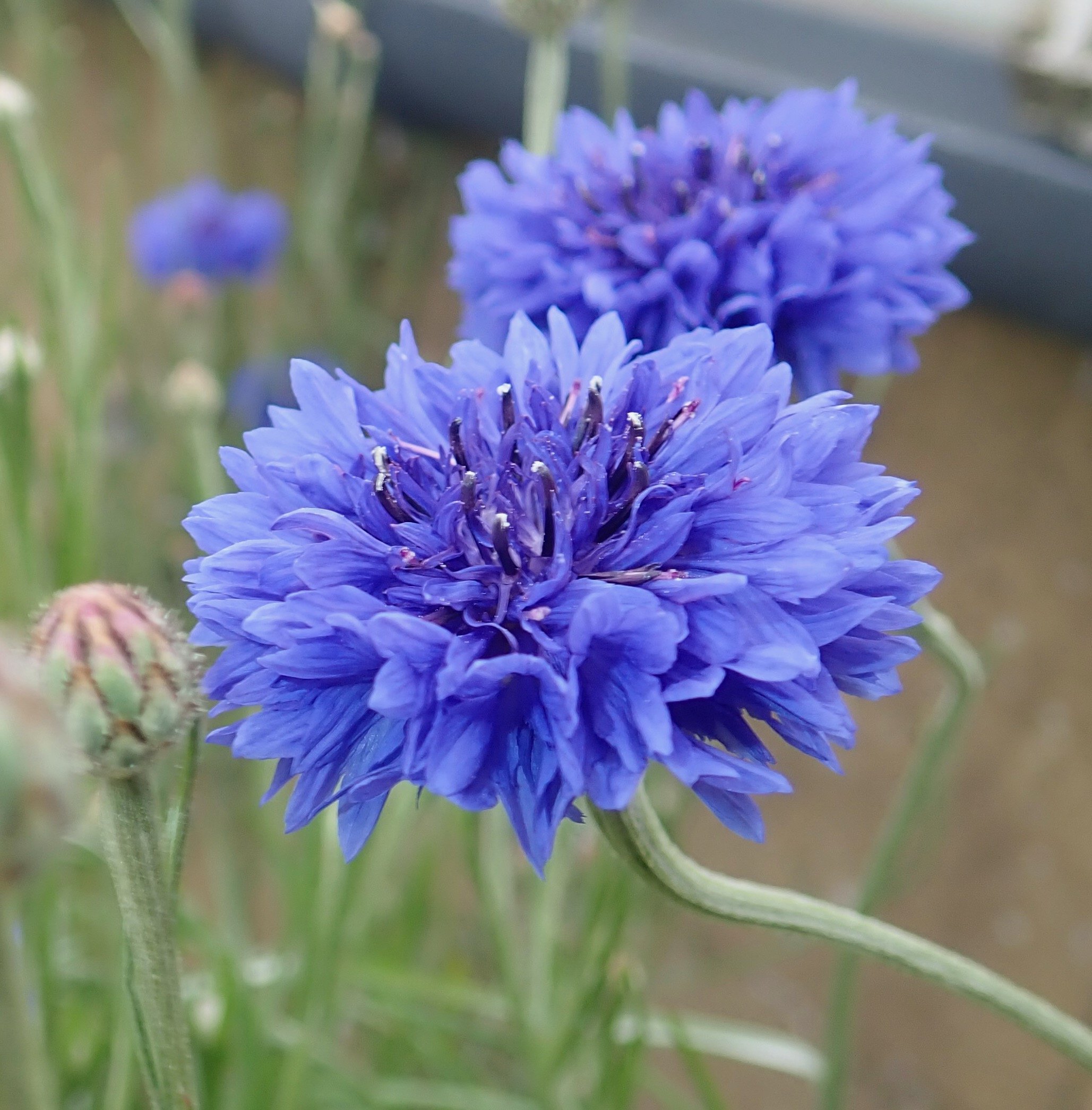Flowers You Can Eat
Eat the flowers? Why not! Peppery nasturtiums, mild tasting bachelor's button petals, and even violets will dress up the dinner plate, and sometimes add a little spice.
In addition, flowers of herbs such as thyme, basil, fennel, dill, anise hyssop, mint, oregano, and even lavender are safe to eat. Bean and edible pea (not sweet pea) flowers are tasty as well. One caution: Never eat flowers unless you're sure they have not been sprayed with pesticides. And unless you're confident that purchased plants have been raised organically, avoid harvesting their flowers.
Here are a few of the many easy-to-grow edible flowers.
Left to right: Nasturtium blooms have a peppery taste. Borage flowers add a mild cucumber flavor to salads and dips. Calendula petals can be used to add color to rice dishes.
Arugula bolts quickly in warm weather—the flowers are nutty and peppery like the leaves. Kale blooms, tender and sweet, appear in spring if you leave the plants in the garden over the winter. Flowers of garlic chives and chives are milder than the leaves—they're great in salads.
To eat squash flowers, you must sacrifice the fruits—unless they are male flowers. Likewise for okra. Both squash and okra blossoms can be stuffed with cheese and baked, or fried in batter. Carrot family herb flowers, such as chervil (shown), cilantro, and dill, are edible and flavorful.
Culinary sage has edible flowers, as you might expect. If you plan to use them in salads or spreads pinch off the bracts. Viola flowers of all kinds are tender and slightly perfumy. Bachelor button petals are beautiful in salads, and mild in taste.

